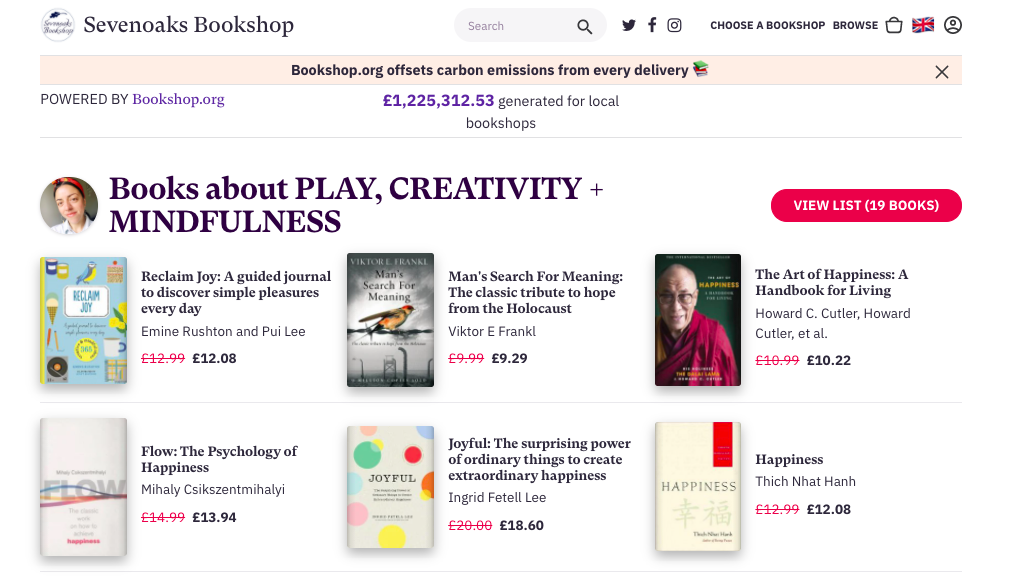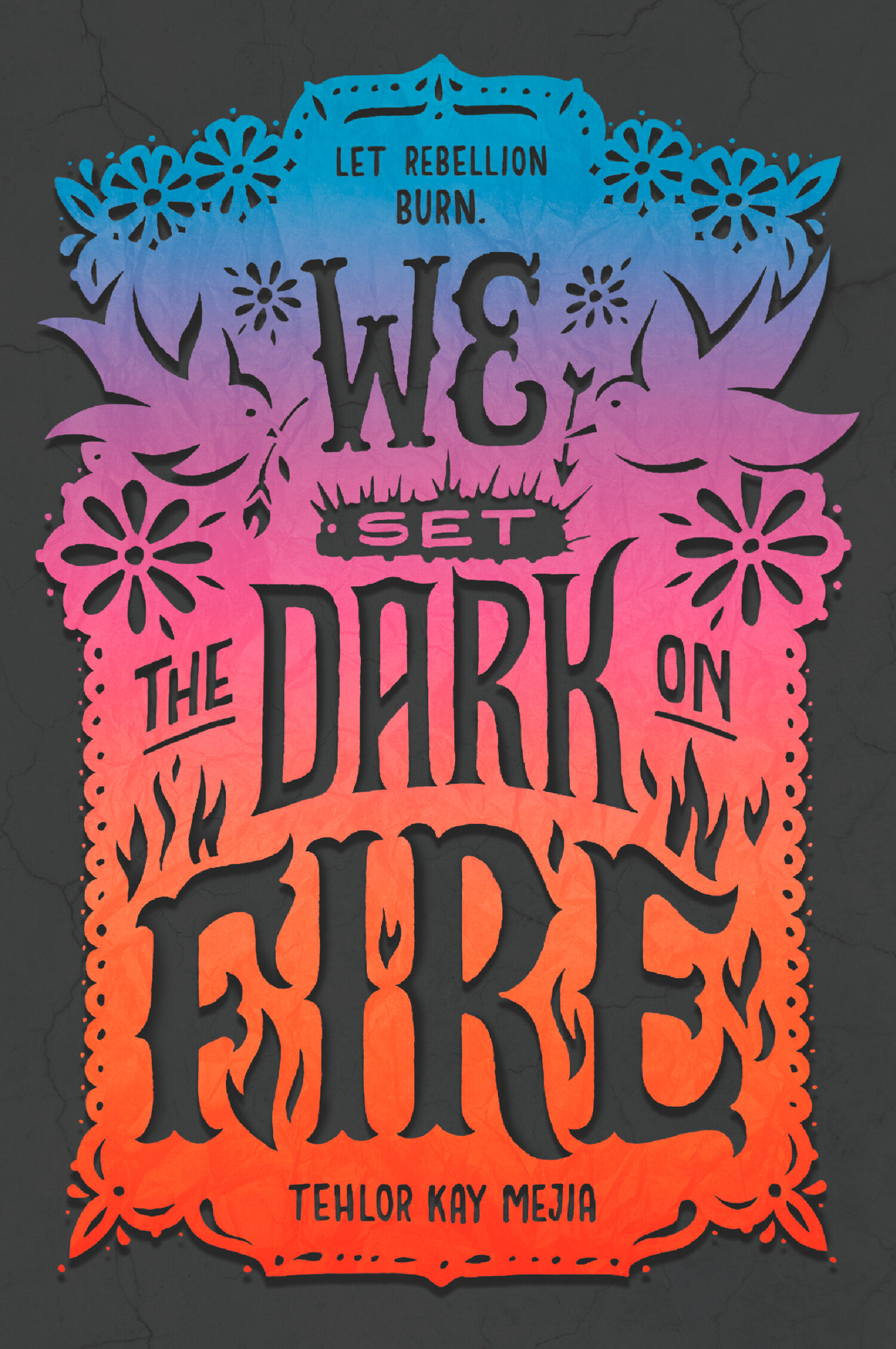Some Popular Essential Oils and Their Beauty Benefits
Lavender
One of the most revered essential oils in beauty and health products, lavender has powerful anti-inflammatory, antifungal and antibacterial properties, not to mention the calming aromatherapeutic properties of the oil. Its anti-inflammatory properties mean lavender oil is often called upon in formulations for acne and other skin conditions such as eczema and psoriasis. In hair care, lavender essential oil may help hair grow thicker and faster, whilst its anti-inflammatory properties may help with scalp conditions such as dandruff and itchiness.
Lemon
We all know how uplifting the smell of a zesty lemon can be, well when we diffuse lemon essential oil it can enhance our concentration and have an energising effect, as well as removing toxins from the air. In both skin and hair care, lemon has a balancing effect on oil production, so is great for those who suffer from greasy hair and shiny faces. When it comes to body care, use lemon essential oil products in the bath or shower to improve your mood and tone the body, and even reduce cellulite.
Rosemary
A member of the mint family, rosemary has long been touted for a range of health and beauty benefits. Studies have shown that rosemary extract can improve cognitive memory function in ageing brains, as well as combatting the signs of ageing in the skin.In skincare, rosemary can help protect skin from UV rays and free radical damage, increasing elasticity and reducing sagging and age spots. When it comes to hair care, rosemary essential oil offers superior cleansing properties, as well as helping keep the scalp healthy and moisturised.
Peppermint
The active ingredient in peppermint is menthol, and has been proven to help with headaches and pain relief. Many also swear by peppermint oil for relief from gastrointestinal ailments such as IBS and acid reflux. When applied topically, peppermint oil has a natural cooling effect which can soothe irritation and inflammation, and can be an effective cleansing agent thanks to its natural antiseptic and antibacterial properties. In hair care, peppermint oil can help with any dryness or itchiness on the scalp, and may even stimulate hair growth by increasing blood circulation to the hair follicles.
Tea Tree
Tea tree is one of nature’s most potent antibacterial and antiseptic agents, and as such is used in many therapeutic beauty products. You will commonly find it in hair care products used to treat conditions such as itchy scalp, dandruff and psoriasis, due to its antibacterial properties. Likewise in skincare, tea tree oil is a hero ingredient for many suffering from acne, and is often used directly on the skin to treat breakouts, as it inhibits bacterial growth by mixing with our skin’s natural oils, preventing them from becoming food for the bacteria. When it comes to nails, tea tree oil’s antifungal properties may help in reducing the growth of trichophyton rubrum, a fungus that causes nail fungus and athlete’s foot.
Avalon Organics offer a range of essential oil-led hair, bath & body care products, available in store at Waitrose and online at waitrose.com Indulge your senses with some aromatherapeutic self care every day, and your skin and hair with the power of botanical-based beauty products. As well as the lead essential oil, all shampoo and conditioner formulas are enriched with Quinoa Protein, Aloe, Babassu Oil and Vitamin E, and all products are NSF-certified to contain organic ingredients, and EWG VERIFIED™, which means it meets the Environmental Working Group's strict ingredient standards and features the EWG VERIFIED™ seal on its label.
















![avalonorganics_69471510_2468130710111013_1654115328388471112_n[1].jpg](https://images.squarespace-cdn.com/content/v1/56f2a4b54c2f85b03add7b89/1604665951621-1WJ48M0C0SONAB1ZC3GP/avalonorganics_69471510_2468130710111013_1654115328388471112_n%5B1%5D.jpg)
![IMG_8745_retouched[4].jpg](https://images.squarespace-cdn.com/content/v1/56f2a4b54c2f85b03add7b89/1604323011531-3IES7PU2HRH2UZ1PSHRH/IMG_8745_retouched%5B4%5D.jpg)













![Sensitive_Spray[6][1].jpg](https://images.squarespace-cdn.com/content/v1/56f2a4b54c2f85b03add7b89/1597250325993-HG1OSVW8KBX9D36NLNRQ/Sensitive_Spray%5B6%5D%5B1%5D.jpg)
![AB-Suncare_The-Simple-things-Online-story[4].jpg](https://images.squarespace-cdn.com/content/v1/56f2a4b54c2f85b03add7b89/1596192407830-261Z692CX33GC51LWLEP/AB-Suncare_The-Simple-things-Online-story%5B4%5D.jpg)

